Punjabi Matrimony
by iMarriagesmatrimony site for Punjabi speakers.
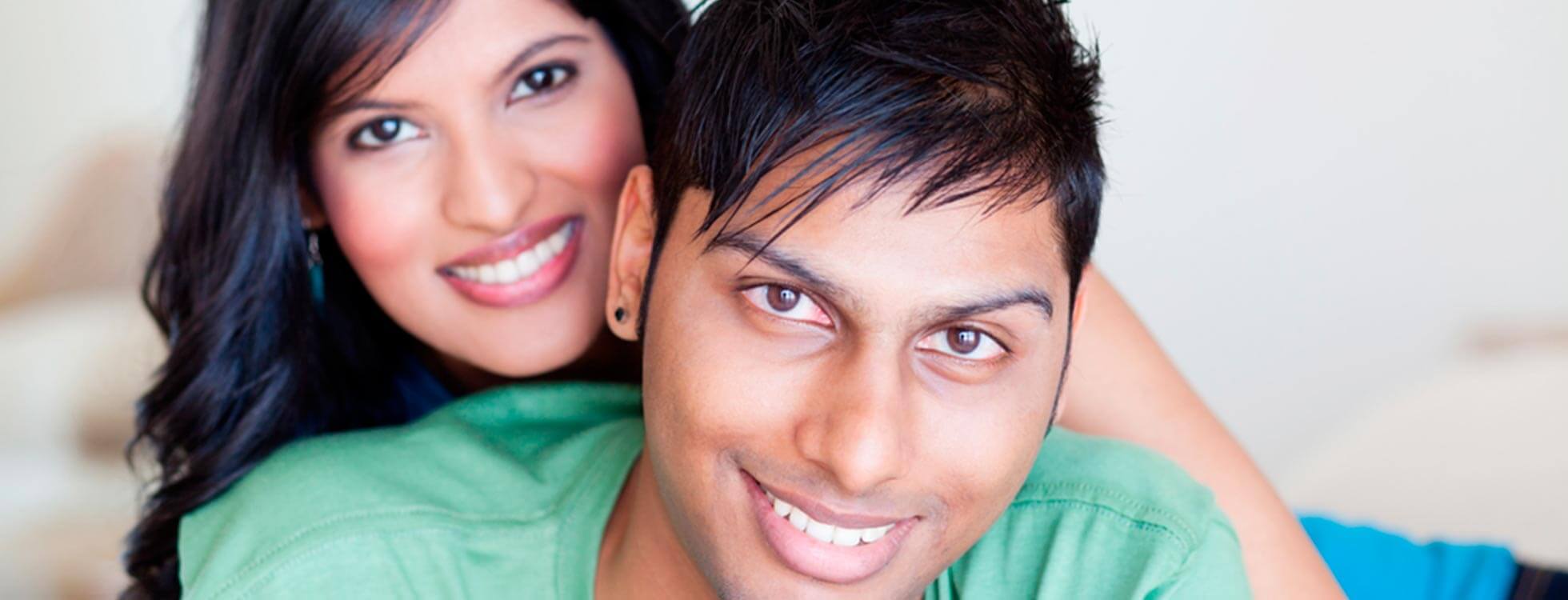

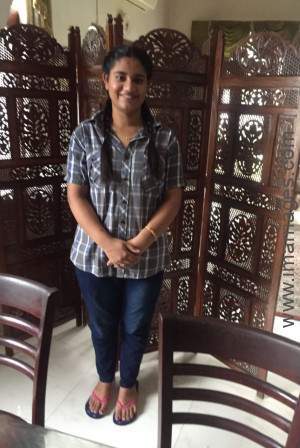
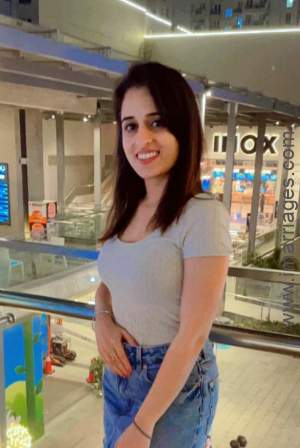
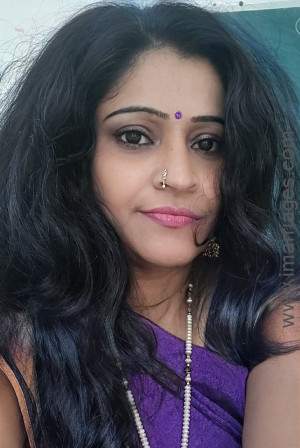
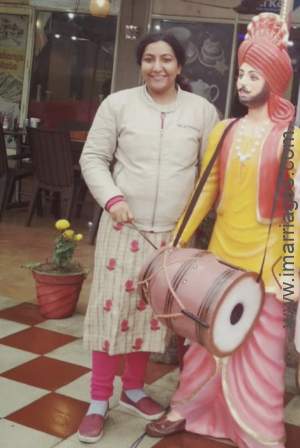

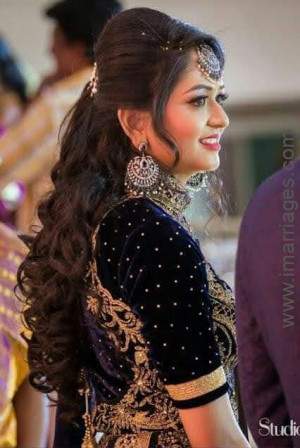
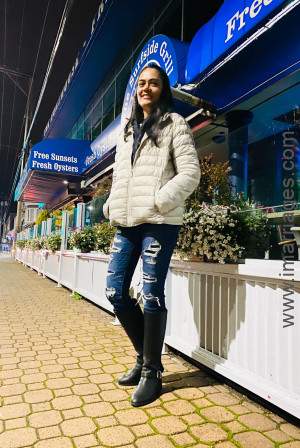
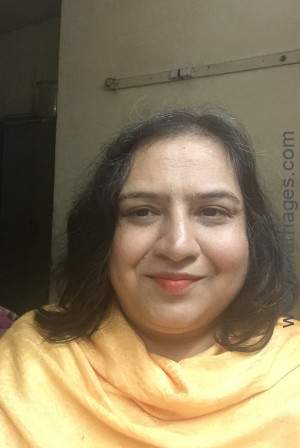
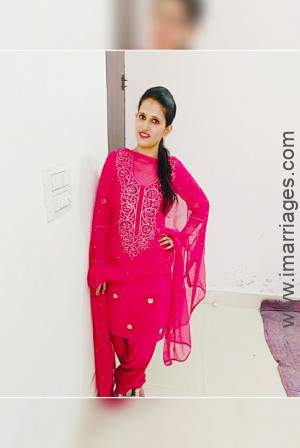
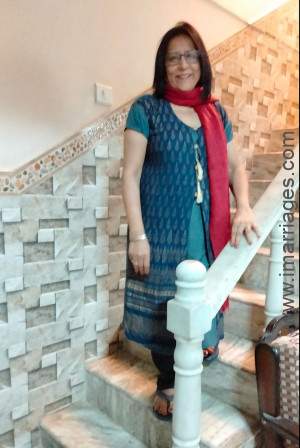
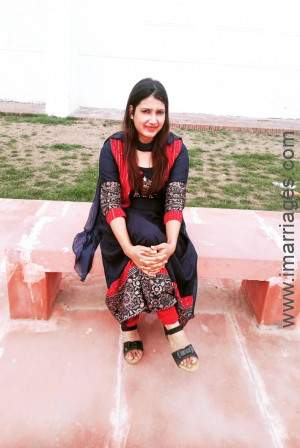
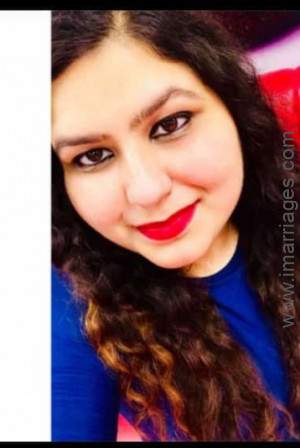
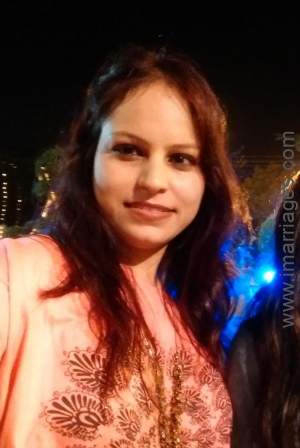

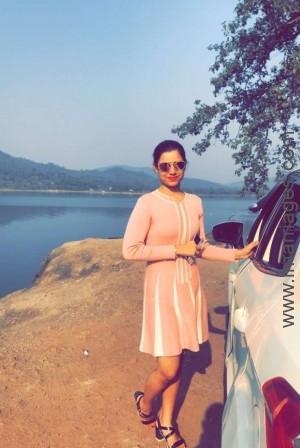
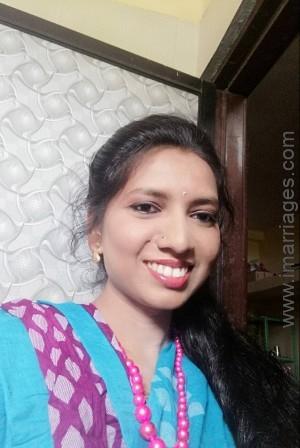
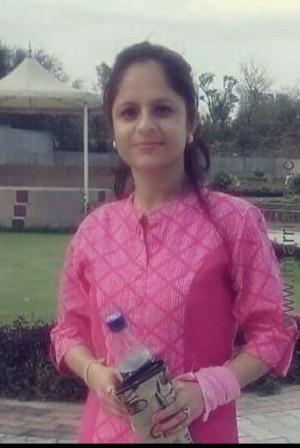
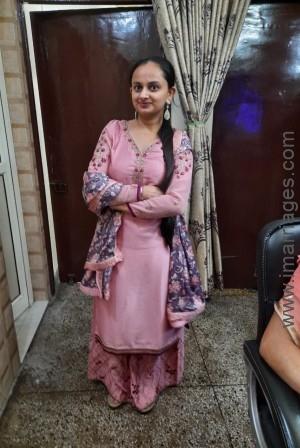
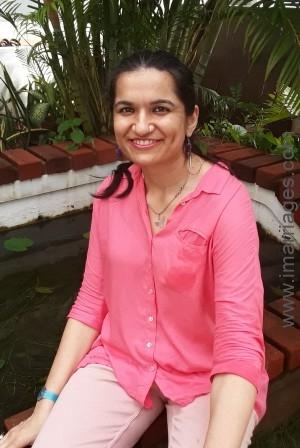

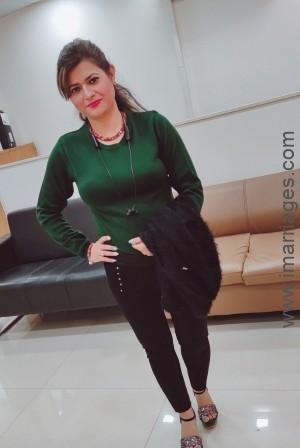
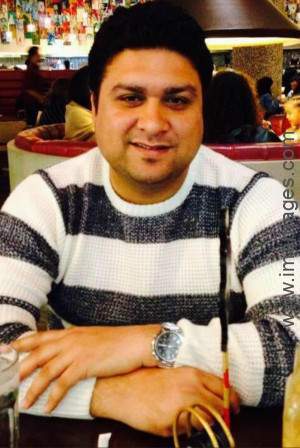
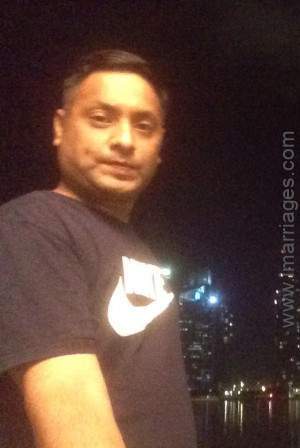
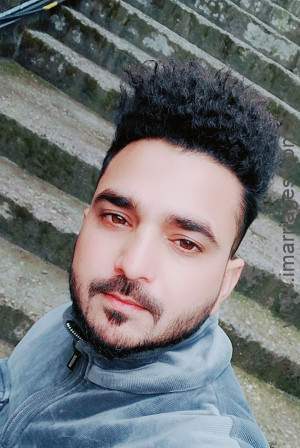
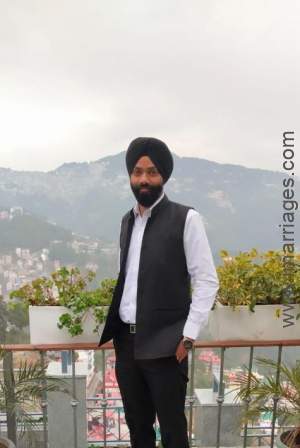

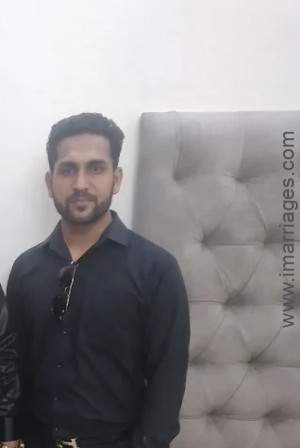
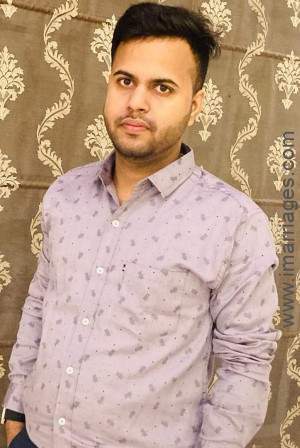
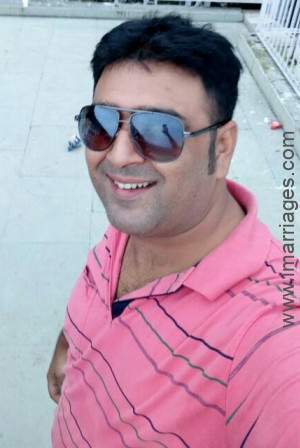
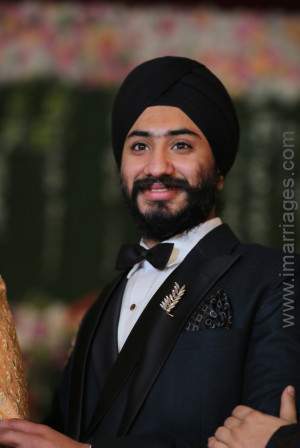

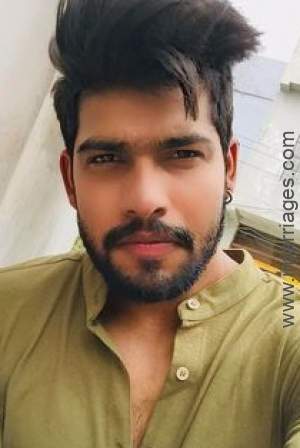
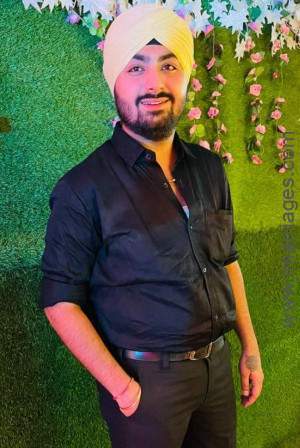
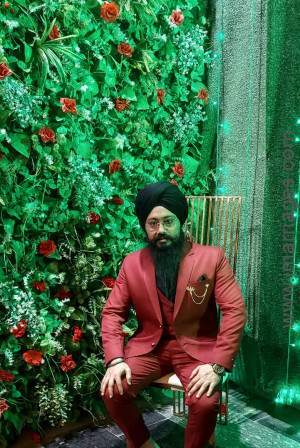


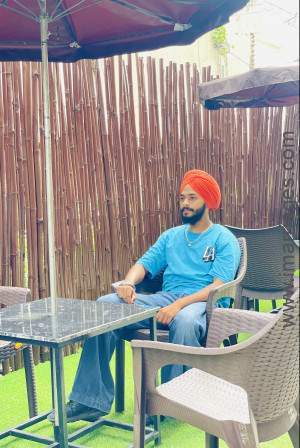

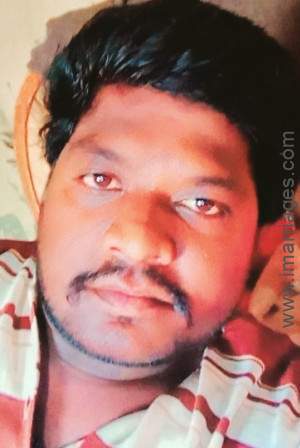

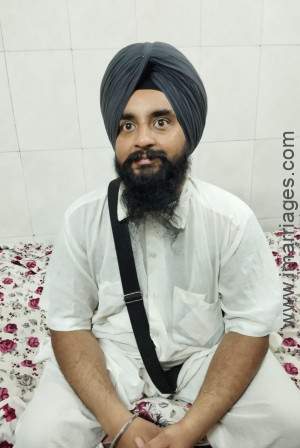
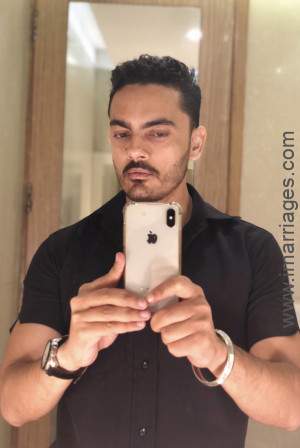
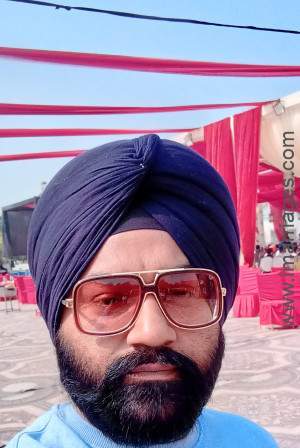
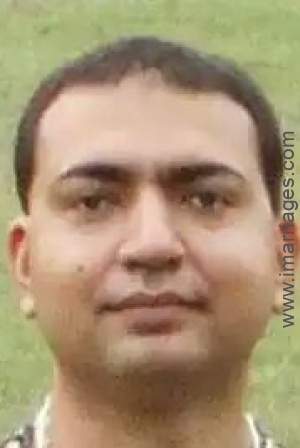
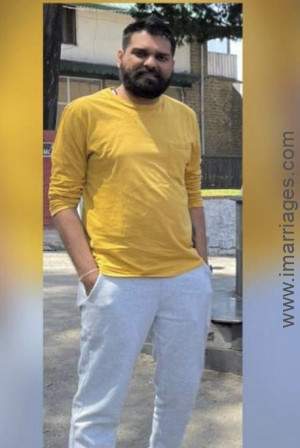
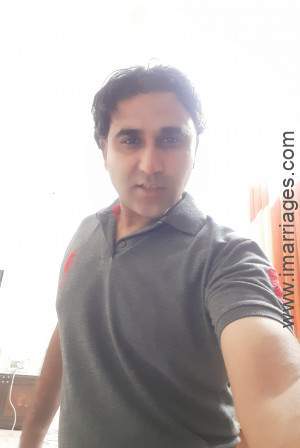

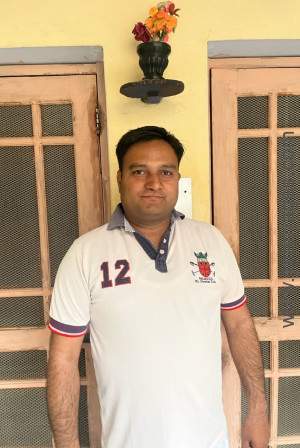
Welcome to Punjabi Matrimony by iMarriages, a free Punjabi matrimony portal with thousands of profiles in Punjab, Delhi and elsewhere.
Punjabi matrimony takes place between a bride and groom whose first language is Punjabi. With over 130 million speakers, Punjabi is the 10th most spoken language in the world. It is the native language of the Punjab region of both India and Pakistan. The language also has a significant presence in England, Canada and Australia.
It is believed that Punjabi emerged as its own language during the 12th century. Punjabi music can be heard within most modern Bollywood movies and is very popular throughout the world.
As the majority of Punjabi speakers are Hindu or Sikh, we will focus on these two communities.
Hindu Punjabi Matrimonial Ceremonies
Pre-Wedding Rituals
Roka and Thaka - After satisfying all the aspects of marriage, the bride's family visits the groom's residence and offer him gifts, sweets, and clothes along with some money known as Shagun. This custom is known as the Roka. After this, the groom's family perform the same rituals for the bride. The return ceremony is known as Thaka. These two rituals are meant to fix the alliance between the two families.
Mangni/Sagai - This is an official engagement ceremony that takes place a few months before the wedding. Both families gather for a grand celebration of exchanging of rings between the couples.
Shagun and Chunni Chadai - The chunni ceremony marks the acceptance of bride by the groom's family. A day before Sagai, a group of ladies visits the bride's residence to present her with an intricately decorated Chunni (head scarf) and the dress which she will wear to wear during Sagai along with jewelry and sweets. These gifts to the bride are known as Shagun.
Sangeet - A form of musical celebration of marriage. Previously, this custom was performed only by the ladies of the family which gather to sing folk songs of marriage while performing the traditional Punjabi dance known as Gidda. Nowadays, the Sangeet is an extravagant musical bash where both the families get together and present dance performances that are often choreographed by experts. It presents a great opportunity for both the families to get accustomed to each other.
Mehendi - Mehendi is a vital part of almost all the marriages in matrimonial ceremonies of India. The red color of the Mehndi symbolizes a long and happy married life for the couple. During this ceremony, a henna paste is used to paint elaborate designs on the palms, legs and feet of the bride. The initials of the groom are also hidden amidst these designs. While the henna is applied, the ladies of the families sing folk wedding songs.
Wedding Day Rituals
Jago - Jago is celebrated in the early hours of the morning. During this ritual, the maternal aunt of the bride/groom carries a decorated brass vessel on her head while another lady tries to shake it with a long stick with bells attached. This group of ladies visit the houses of friends and relatives who provide them with sweets; during their journey, they sing Punjabi wedding songs.
Gana Bandhna - A puja is organized separately at both the houses. After completion of the puja, the priest ties a sacred thread along with beetle nut and Kaudi on the right wrists of bride and groom.
Chooda Chadana - The maternal uncle of the bride gifts her set of red and ivory bangles known as Chooda. A havan is performed by the maternal uncle following which the Chooda are purified in a liquid mixture containing milk and rose petals. Her maternal uncle and aunt then slip the bangles over her wrist and gift her wedding lehenga. Afterwards, friends and sisters of the bride tie an umbrella-shaped ornament known as Kalliren to her bangles.
Haldi - An integral part of marriage custom in which a paste made from sandalwood, turmeric, rosewater and mustard oil is applied all over the bride's body especially face, hands and feet by the married ladies of the family. It is believed this will impart an everlasting glow on the bride's face. A similar ceremony is also observed at the groom's house.
Ghara Gharoli - In this ritual, the Bhabi (brother's wife) procure water from a holy place such as a temple or a Gurudwara in earthen pots. This water is then used for bathing bride and groom.
Sehrabandi and Varna - Once the groom is dressed in his wedding attire (sherwani and churidar), a small puja is then performed to sanctify the Turban or Sehra. This Sehra is then tied around groom's head by his brother-in-law.
Ghodi Charna - According to Punjabi tradition, the groom sets off for the wedding venue by riding a gaudily decorated Mare. The groom's sister-in-law then applies Surma to the groom's eyes to ward off evil vibes. The groom then mounts the mare along with sarbala (a kid member of groom's family).
Agawani and Milni - The groom and his wedding procession are welcomed by the bridal party. This ritual is known as Agwaani. The groom is then welcomed by the mother of the bride with a traditional aarti and tika on the forehead. The bride's relatives greet the corresponding relatives of groom's family (i.e. maternal uncle with the same of another side). This ritual is known as Milni.
Varmala - It refers to exchanging of garlands between the couple.
Kanyadaan - During this ritual, witnessed by holy fire, the bride's father gives his daughter to the groom. The groom makes a promise to the father in law to take care of his daughter.
Phere - The wedding knot is tied between the ends of the dupattas of the couple and then they encircle four times around the sacred fire. This is followed by Lajahom during which the bride's brother pours puffed rice into bride's hands and then the couple offer this to fire. This ritual is to seek blessings of holy fire for the couple.
Sindoor Daan and tying of mangalsutra - Finally, the wedding rituals conclude with the application of Vermillion by the groom to the hair parting of the bride. This is followed by the tying of Mangalsutra around her neck.
Post-Wedding Rituals
Vidaai/Doli - This is a form of bridal procession in which the bride bids a tearful goodbye to her parents and family before proceeding towards her new home.
Paani Bharna - The mother-in-law welcomes the arrival of the bride to her new house by performing an aarti of the couple with a pitcher of water. The bride then crosses the threshold after overturning a pot of rice with her right foot. The couple then seeks blessings of family diety and the bride is introduced to all of the friends and relatives. This ritual is known as Mooh Dikhai.
Reception - A lavish reception party is thrown by the groom's family in honor of the newlyweds. A Punjabi reception is an occasion of immense joy with lip-smacking meals and exuberant music.
Pag Phera - The bride returns to her parent's residence with her husband for a grand lunch. They spend the night with her parents before returning to the groom's residence. This marks the end of the wedding celebration.
Wedding Rituals In Sikh Communities
Most of the pre-wedding and post-wedding functions are same between these two communities instead of the main wedding ritual. The wedding of Sikh community takes place in Gurudwara in front of Guru Granth Sahib instead of holy fire.
On the day of marriage, a flower veil is tied to the groom's forehead, by his sisters. A currency garland is also tied around his neck. This is followed by Milni ceremony, in which both the families meet at the bride's place. They then attend the Gurudwara kirtan where shabads are sung and ardaas are recited. After this, the bride and the groom circle around the Guru Granth Sahib and seek blessings.